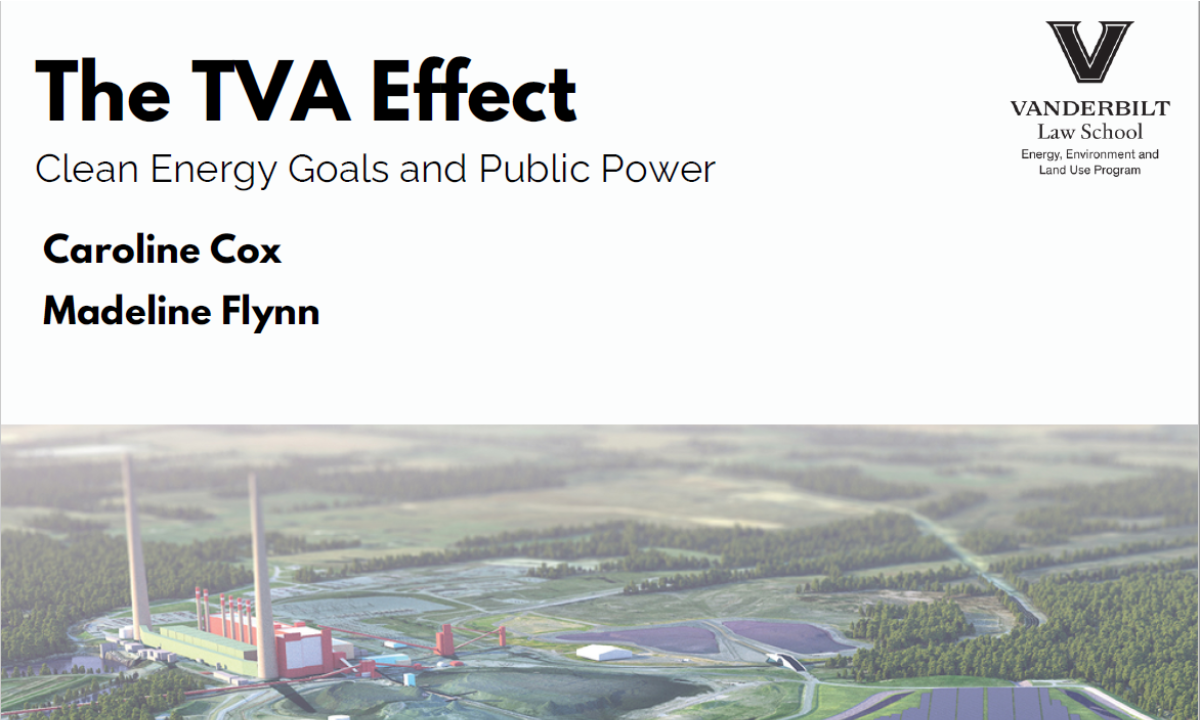Environmental law – typically thought of as the adoption of statues by Congress that are subsequently implemented at the national and state levels – plays a significant role in how the U.S. maps and executes on strategies to protect our environment. But it does not explain many of the most important steps that industry, advocacy groups, and lawyers take to address important challenges like climate change.
In the face of government gridlock, the new field of “private environmental governance” has emerged to help complete the picture. Private certification standards for forests and food; environmental, social, and governance (ESG) investing; corporate supply chain contracting requirements and renewable energy commitments; and private land conservation groups play significant roles in environmental policy, with varying results that range from substantial reductions in pollution to greenwashing.
Understanding the role that private environmental governance, or “PEG”, plays in policy is critical for the environmental practitioners of today and tomorrow.
Private Environmental Governance (Concepts and Insights) seeks to help students and practitioners learn about the themes, features, and people behind PEG. It is co-authored by Vanderbilt Law Professor Michael P. Vandenbergh, Sarah E. Light of the Wharton School at the University of Pennsylvania, and James Salzman of UC Santa Barbara and UCLA Law School.
“(I)n an era of partisan gridlock in Congress, when new federal pollution control statutes are difficult to adopt and the Supreme Court has narrowed agencies’ ability to adapt their existing statutory authorities to address new problems, the public environmental law model is especially incomplete,” the authors write.
“This book reflects our view that understanding environmental law and policy today requires a focus on governance, not just government.”
Divided into three parts, the book begins with an explanation of how PEG reflects the major themes and issues of environmental law and policy, as well as its risks (like greenwashing). The second part dives into specific subject matter areas in which PEG has played a central role, including climate change, energy transition, and climate change justice. The last section details how PEG has been applied across broader environmental challenges like toxic waste, water, land conservation, and more. The book was written to be user friendly, in a manner that can be read cover-to-cover but with each chapter able to function as a standalone, to facilitate teaching.
“To be sure, PEG is not always effective or a substitute for public governance,” the authors write. “But it is clear that many environmental practitioners are using PEG tools in their everyday practice. This book is designed to help them succeed by providing an introduction to the tools, actors, and theory of PEG.”
Private Environmental Governance (Concepts and Insights) is available at West Academic and Amazon.


